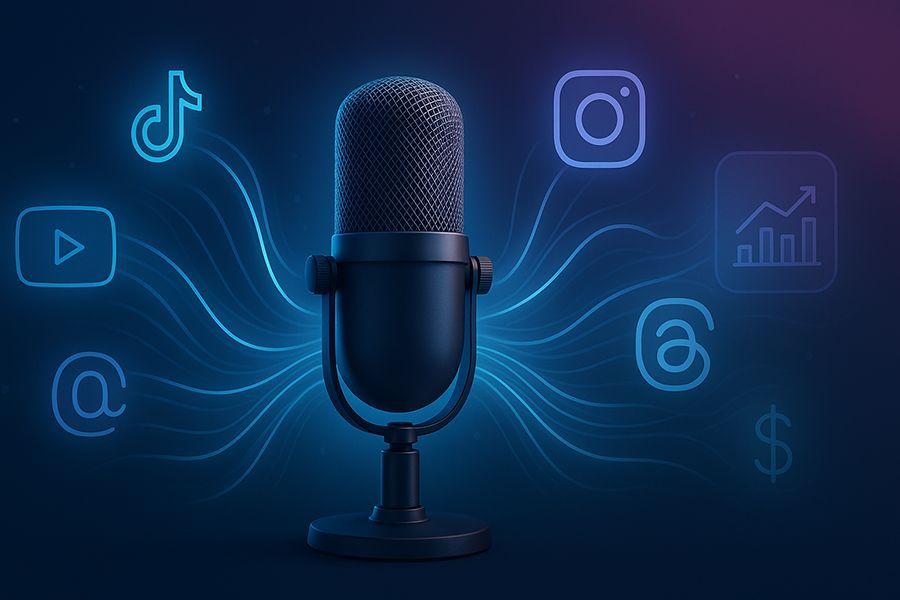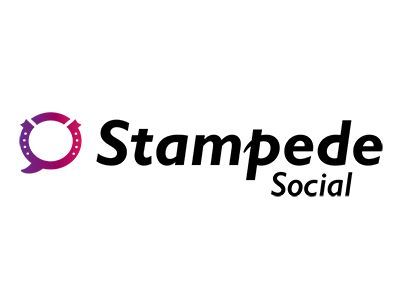Why Your Podcast and Social Stats Matter More Than You Think
October 14, 2025
How to Monetize Your Creator Brand

You’re Not Just a Podcaster, You’re a Creator
You’re not just a podcaster, you’re a multi-platform creator. We strategized with Rss.com Podcast Hosting to help everyone learn how to use your podcast and social data to build authority, attract sponsors, and turn engagement into actual income.
If you’ve built a podcast, you already know, it’s about connection, not just content. But your voice doesn’t stop with your podcast feed. It continues on Instagram reels, TikTok clips, Threads posts, YouTube videos, and even BlueSky conversations.
That’s your creator footprint and it’s the foundation of how you’ll monetize your work moving forward.
The strongest creators don’t treat their platforms separately. They use their data from both podcasting and social to build a full story of their influence. And that’s what brands, sponsors, and collaborators want to see.
Step 1: Podcast Analytics: Your Proof of Trust
Your podcast data shows your depth of influence.
Through platforms like RSS.com, you can see:
- Episode downloads and trends
- Listener locations and device breakdowns
- What topics and guests drive the most engagement
These metrics tell brands that your audience isn’t passive, they’re paying attention.
Why this matters for monetization:
Sponsors care about
trust signals. A creator with 500 consistent listeners who tune in weekly often drives better conversions than someone with 5,000 casual views. When you can show consistent audience retention, you’re demonstrating influence not just exposure.
Step 2: Social Engagement: Your Proof of Reach
Podcasting gives you loyalty; social media gives you amplification.
Every time you share a podcast clip on TikTok or a quote on Instagram, you’re extending your message and increasing your touchpoints with potential listeners and sponsors.
The key is to make those interactions measurable. Social engagement data likes, comments, shares, saves, shows where your audience interacts most.
When you combine that with your podcast stats, you can demonstrate to a brand:
“I have an audience that not only listens to my show but also interacts with my content across five platforms.”
That’s reach and resonance, the combination sponsors love.
Step 3: Track Engagement That Ties to ROI
Here’s where things get real: how do you show that engagement turns into action?
By creating a trackable engagement path and connecting the dots between podcast moments and social actions.
- A listener hears your episode.
- They engage with your social post about it.
- They comment, share your post, or respond to your call to action (CTA).
- You can trace that engagement, proving recall, influence, and impact.
According to Stampede Social, podcast recall is powerful because listeners remember what they hear and are more likely to act when they see related content on social media.
By tracking these interactions across platforms, you’re building a proof-of-performance loop that shows potential sponsors real ROI:
- How many people listened
- How many engaged
- How many took action
This is the kind of clarity that turns a podcast from a passion project into a profitable asset.
Step 4: Combine Data to Unlock Monetization Opportunities
Once you can show both audience depth (podcast) and audience reach (social), you have what brands call “multi-channel value.”
Here’s what that enables:
1. Sponsor Partnerships
Show potential sponsors how your audience moves between podcast and social that you’re not just running ads, but driving conversations and conversions.
2. Paid Collaborations
Use your engagement data to price partnerships accurately. When you can prove multi-platform impact, your rate card reflects your real influence.
3. Product Launches & Merch
When you know which episodes and posts perform best, you can tie new launches to proven high-interest topics, increasing sales potential.
4. Memberships or Premium Feeds
Podcast analytics reveal your most loyal listeners. Invite them into a paid community or exclusive content tier, your most dedicated fans are often your most willing supporters.
Beyond sponsorships, your podcast host can also help you start earning directly from your content. For example, RSS.com offers several ways to monetize your show, even with a small audience:
- Programmatic Ads: Instantly turn on IAB-compliant ads and start earning without needing to find sponsors yourself.
- RSS.com Affiliate Program: Love the platform? Earn commissions for referring other creators.
- Apple Podcasts Subscriptions: Offer paid, subscriber-only content like bonus episodes or early access directly inside Apple Podcasts.
- Value-for-Value: Accept real-time Bitcoin contributions from listeners who want to support your show.
- Donation Button: Add an easy “donate” option to your RSS.com podcast website using popular crowdfunding tools.
- CodeADX (Affiliate Marketplace): Partner with brands, share exclusive offers, and earn 15–20% commissions on every sale.
These tools give you multiple ways to turn your creativity into income — whether through ads, affiliate links, memberships, or direct community support.
Data Is the Bridge Between Creativity and Income
Monetization isn’t just about putting ads in your show or chasing sponsors. It’s about understanding and showing your impact.
When you combine your podcast analytics from RSS.com with your social engagement insights (like those you can measure through Stampede Social), you can:
- Prove real audience loyalty and engagement
- Show how content recall drives social action
- Demonstrate measurable ROI to sponsors
That’s the full creator story, not just what you make, but the value it creates.
Because you’re not just producing content. You’re producing influence.
And when you can prove that, monetization follows naturally.
Frequently Asked Questions
Can I monetize if I only have a small podcast audience?
Absolutely. Monetization is about engagement, not just numbers. A smaller, loyal listener base often converts better than a large but passive one. Focus on proving listener consistency and connection, that’s what sponsors value most.
How can I show sponsors my value as a creator?
Start by combining your podcast analytics and your social engagement data. Together, they tell a powerful story about your influence. Sponsors love to see that your audience isn’t just listening, they’re interacting, sharing, and taking action.
What kind of podcast stats should I track for monetization?
Focus on metrics that show engagement and consistency, not just total downloads. With RSS.com Podcast Hosting, you can track:
- Episode downloads and growth over time
- Top-performing episodes and side-by-side comparisons
- Listener locations by country and city
- Apps and platforms used to listen
- Download activity by day and time
- Device breakdowns
These insights help you prove to brands that your audience is attentive and reliable, which is what drives conversions.
What’s a “trackable engagement path”?
It’s a measurable journey that connects your podcast content to listener actions. For instance, someone hears your episode, sees your related post on social media, and engages, by commenting, clicking, or sharing. Tracking that journey demonstrates real ROI for sponsors and helps you prove how your influence drives results.
What’s the first step toward monetizing my creator brand?
Start by organizing your data. Build a simple creator report or media kit that includes:
- Your key podcast metrics (from platforms like RSS.com)
- Your best-performing social posts and engagement rates (from Stampede Social)
- A few examples of listener or follower actions that led to conversions
Once you can clearly show your audience depth and reach, you’re ready to approach sponsors, partnerships, or even launch your own paid offerings.


